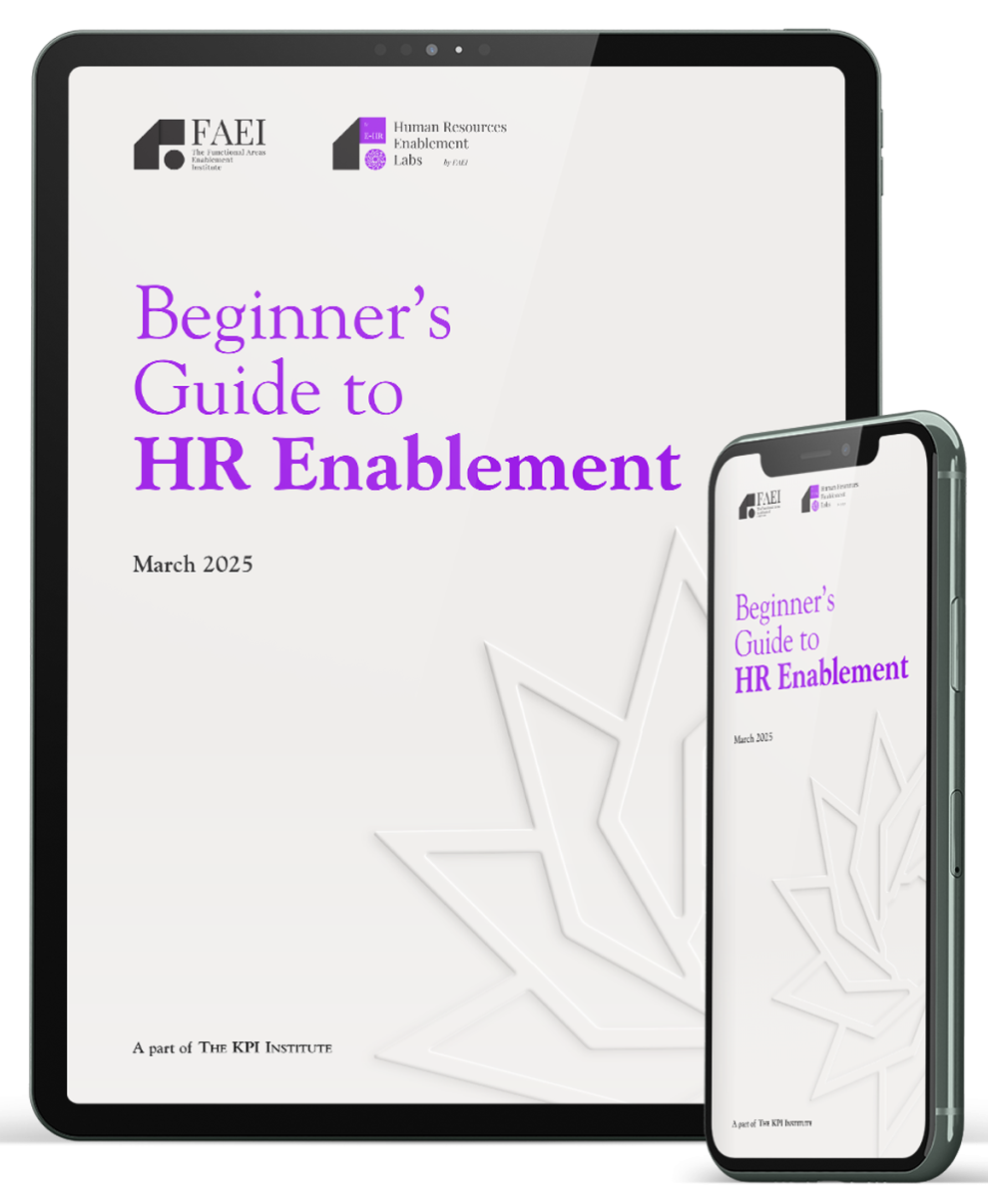
The customer-first mantra is everywhere, but it overlooks an essential element: the employee. Many companies focus solely on pleasing customers, thinking that’s the key to success. They forget that the people who interact with those customers are the ones who make or break the experience.
Moving from a “just a job” mentality to a mindset of genuine investment is essential for both the employee’s personal development and the company’s overall performance, but far from easy. Employees need to develop a desire to contribute beyond the basic requirements, ensuring that no details are overlooked in the day-to-day operations. Customer satisfaction hinges on this shift; it won’t happen if employees are only concerned with finishing their daily tasks. They need to be motivated to add meaningful value.
If employees are stressed, overworked, or feel undervalued, it will show in their interactions. They won’t be as enthusiastic or helpful, and customers may notice. Focusing on employee well-being creates a ripple effect. Consider it a forward payment. When you invest in your employees, you’re investing in your company’s future.
As long as employees feel valued, they are more likely to be loyal and committed. They will work harder, be more creative, and contribute to a positive work environment. This positive energy spreads outwards, influencing everyone they interact with, both inside and outside the company.
This “pay it forward” mentality develops a culture of support and collaboration. When employees see their colleagues being treated well, they are more likely to extend that same courtesy to others. It creates a domino effect of positivity, leading to increased employee engagement and a more harmonious workplace. This, in turn, enhances productivity and overall company success.
It’s possible that some companies focus more on production than employee well-being, which can create a feeling of being easily replaced. However, high turnover rates are incredibly costly. The costs of recruiting, hiring, and training new employees can quickly add up. Not to mention the lost productivity and knowledge when experienced employees leave. Replacing talent is not as simple as filling a seat.
Beyond the financial burden, it takes time to find and train suitable replacements. This can disrupt workflows and impact morale. Poor employee retention reflects badly on a company’s reputation, making it harder to attract top talent in the future. Investing in employee well-being reduces the risk of high turnover.
Here are some steps to actively put employees first. First, listen to them. Conduct regular surveys and feedback sessions to understand their concerns and needs. Second, provide opportunities for growth and development. Invest in training and mentorship programs to help employees advance their careers. Third, prioritize work-life balance. Offer flexible work arrangements and encourage employees to take time off.
Recognize and reward their contributions. Celebrate successes, big and small, and show appreciation for their hard work. Creating a culture of recognition facilitates employee engagement and improves morale. Implementing these strategies will noticeably improve your company’s culture.
It is up to the organization to create an environment where employees feel this way. It’s not just about offering perks or benefits; it’s about building a culture of respect, trust, and support. It’s about recognizing that employees are not just cogs in a machine, but individuals with unique talents and needs.
When companies genuinely prioritize their employees, they create a sustainable and thriving business. This is a fundamental shift in how businesses operate, helping employees feel supported and providing them with the necessary resources. This approach aims to generate improved performance and mutual benefits for all stakeholders.

You’re about to join a network of forward-thinking professionals committed to elevating business functions through collaboration, innovation, and shared expertise. Fill out the form to access members-only tools, early updates, and valuable connections across every functional area.
You’re about to join a network of forward-thinking professionals committed to elevating business functions through collaboration, innovation, and shared expertise. Fill out the form to access members-only tools, early updates, and valuable connections across every functional area.
You’re about to join a network of forward-thinking professionals committed to elevating business functions through collaboration, innovation, and shared expertise. Fill out the form to access members-only tools, early updates, and valuable connections across every functional area.
You’re about to join a network of forward-thinking professionals committed to elevating business functions through collaboration, innovation, and shared expertise. Fill out the form to access members-only tools, early updates, and valuable connections across every functional area.
You’re about to join a network of forward-thinking professionals committed to elevating business functions through collaboration, innovation, and shared expertise. Fill out the form to access members-only tools, early updates, and valuable connections across every functional area.
You’re about to join a network of forward-thinking professionals committed to elevating business functions through collaboration, innovation, and shared expertise. Fill out the form to access members-only tools, early updates, and valuable connections across every functional area.
